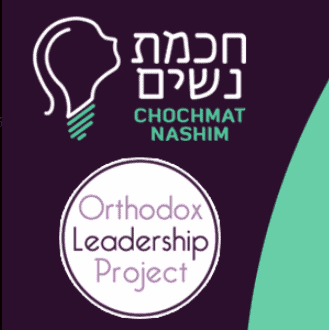In this week’s parsha, Shemini, we learn all about what happened on the Eighth Day of the dedication of the Mishkan (Tabernacle) — the day when the Mishkan was finally and fully activated. It is a day that is described three times in the Torah, each time from a different perspective and with a different focus, and each time we learn different details.
First, at the very end of the Book of Exodus, we are told:
וַיְכַ֥ס הֶעָנָ֖ן אֶת־אֹ֣הֶל מוֹעֵ֑ד וּכְב֣וֹד ה’ מָלֵ֖א אֶת־הַמִּשְׁכָּֽן׃
“The cloud rested on the Tent of Meeting, and the glory of God filled the Mishkan.” (Shemot 40:34)
The focus here is on the physical erection of the Mishkan, and the revelation that the people experienced when it was completed.
This day is described again in the parsha of Naso, when we’re told about the gifts and the sacrifices brought by the Nesi’im, the princes or leaders of each tribe.
וַיֹּ֥אמֶר ה’ אֶל־מֹשֶׁ֑ה נָשִׂ֨יא אֶחָ֜ד לַיּ֗וֹם נָשִׂ֤יא אֶחָד֙ לַיּ֔וֹם יַקְרִ֙יבוּ֙ אֶת־קָרְבָּנָ֔ם לַחֲנֻכַּ֖ת הַמִּזְבֵּֽחַ׃ (ס) וַיְהִ֗י הַמַּקְרִ֛יב בַּיּ֥וֹם הָרִאשׁ֖וֹן אֶת־קָרְבָּנ֑וֹ נַחְשׁ֥וֹן בֶּן־עַמִּינָדָ֖ב לְמַטֵּ֥ה יְהוּדָֽה׃
‘And God said to Moses, “Let one prince come each day to bring their offering for the dedication of the altar.” And on the first day, Nachshon ben Aminadav, the prince of the tribe of Judah, brought his sacrifice.’ (Bamidbar 7:11-12)
